Like:
Share:
Malachite is a famous and very popular semi-precious stone. It is named for the Greek word for "mallow", a green herb. Its banded light and dark green designs are one-of-a-kind, and give it a unique ornamental quality unlike that of any other stone. The light and dark green bands are so distinctive that malachite maybe one of the most easily recognized minerals by the general public. A popular design of ceramic ware which imitates this banding is named after the mineral malachite. It forms the banding from subtle changes in the oxidation states of the surrounding pore waters, but the exact mechanism is still not well understood. Tumbled stones of malachite are possibly the most popular tumbled stones ever and are sold in litterally every rock shop around the world. Carvings and figurines of malachite are almost as common. A skilled craftsman can make the concentric malachite bands follow the curves of a work of art like contours on a rugged terrain. Although malachite art is not as precious as jade; it is hard to argue that it is less beautiful.
Malachite is also popular in
Although its massive carvable forms are well known, its crystalline forms are much rarer and only recently becoming widely available to the average mineral collector. One of its more unique habits is its fine acicular crusts and tufts. At times appearing as a mat of thin hairs or as a carpet of green velvet. Another unusual habit is its stalactitic habits such as pictured above. Many beautiful specimens of malachite contain special combinations with other minerals. Such combinations are some of the most colorful mineral assortments in the mineral world. They include such stunningly colorful minerals as dark blue azurite, sparkling black mottramite, baby blue chrysocolla, or rusty red limonite. So common is malachite that it is associated with almost every secondary copper mineral whether they are carbonate minerals or not. Malachite is found with many rare copper silicates, halides, phosphates, sulfates and carbonates such as duftite, libethenite, aurichalcite, sphaerocobaltite, kolwezite, shattuckite, atacamite, chalcophyllite, antlerite, conichalcite, rosasite, chalcosiderite, clinoclase, brochantite, graemite, liroconite, mixite and cornetite, to name a few. Malachite has a mineral impostor called pseudomalachite. Pseudomalachite is a copper phosphate that has a massive crystal habit and color that are very similar to malachite's habit and color, although the two minerals have different structures. Pseudomalachite means "false malachite" in latin and is very rare compared to malachite. Malachite is an impostor of its own. It frequently pseudomorphs the closely associated mineral azurite. A pseudomorph is a mineral specimen where the original mineral has been chemically replaced by another mineral, but the outward appearance is still retained. Pseudomorph means "false shape" in latin parlance. The transformation is fascinating and sometimes leaves a nearly perfect azurite crystal shape that is actually malachite. Often the transformation is incomplete and leaves a blue/green mineral specimen unlike any other. A gem trade name is used for ornamental stones with this combination called azur-malachite. See the azurite page for a more detailed discussion of the transformation. PHYSICAL CHARACTERISTICS:
|
 Amethyst Galleries' Mineral Gallery MINERALS |

$ 45.00

mal-1 ($ 45.00)
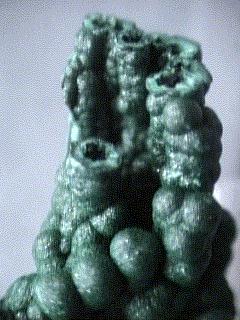
$ 200.00


$ 41.00

mal-4 ($ 41.00)
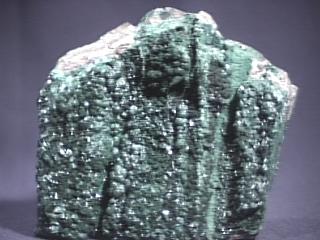
$ 75.00

mal-6 ($ 75.00)
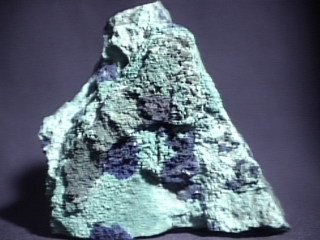
$ 60.00

mal-7 ($ 60.00)
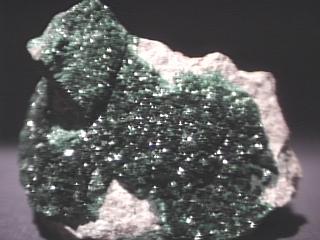
$ 45.00
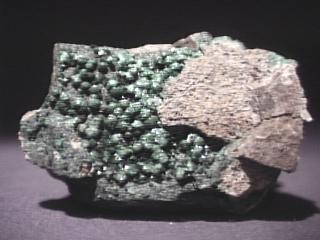

mal-9 ($ 45.00)

$ 35.00
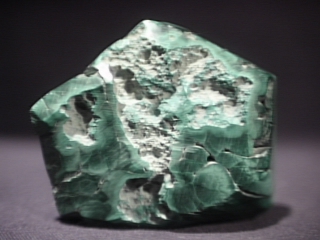

mal-10 ($ 35.00)
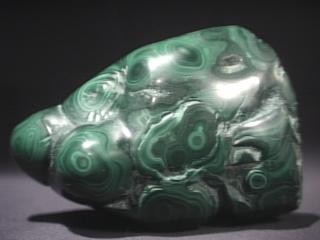
$ 125.00
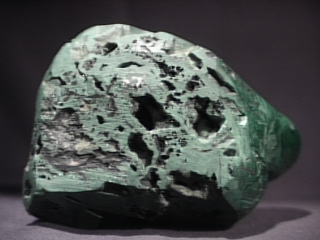

mal-11 ($125.00)
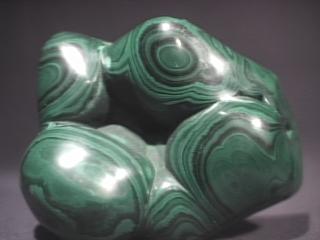
$ 60.00

mal-12 ($ 60.00)

$ 90.00


mal-13 ($ 90.00)
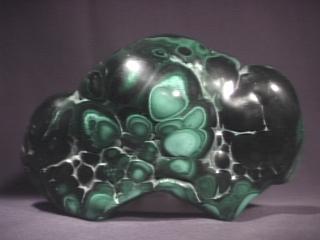
$ 125.00

mal-14 ($125.00)
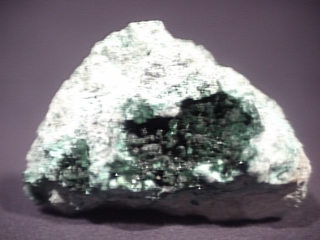
$ 20.00

mal-15 ($ 20.00)
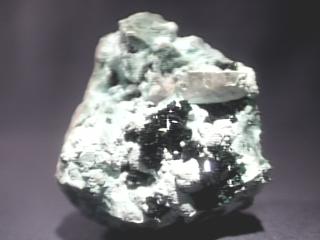
$ 400.00
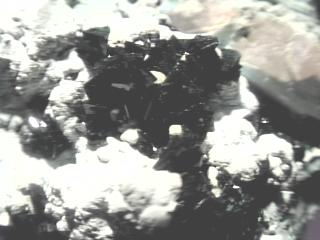

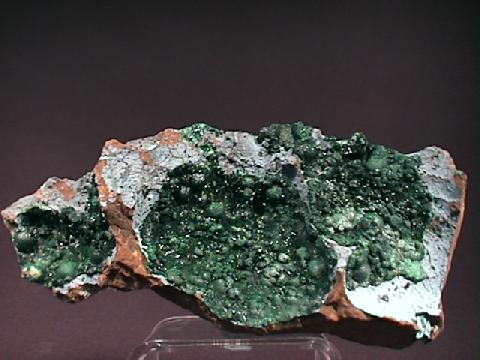
$ 32.00
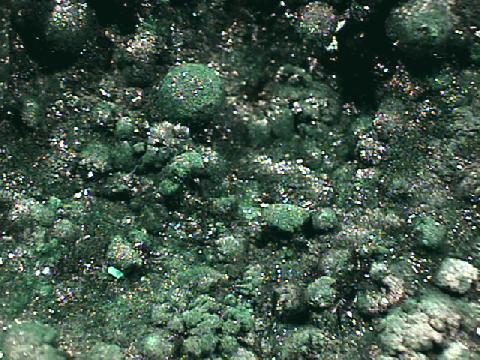

mal-17 ($ 32.00)

$ 50.00
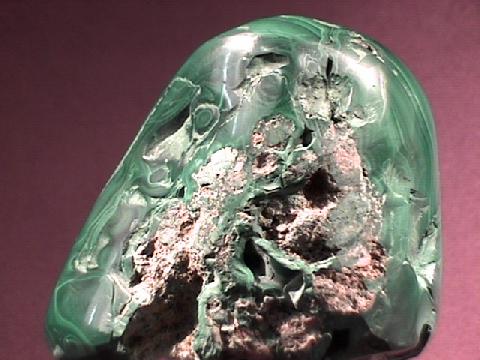

mal-18 ($ 50.00)
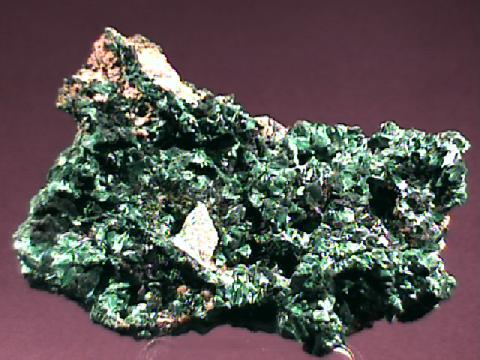
$ 42.00
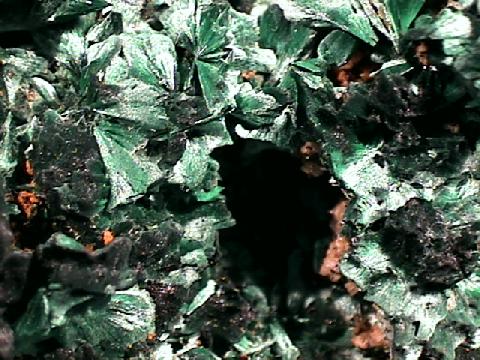

mal-19 ($ 42.00)

$ 35.00
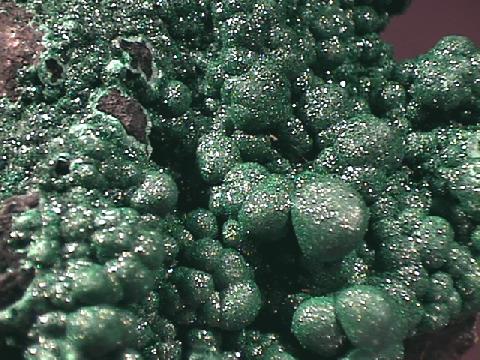

mal-21 ($ 35.00)
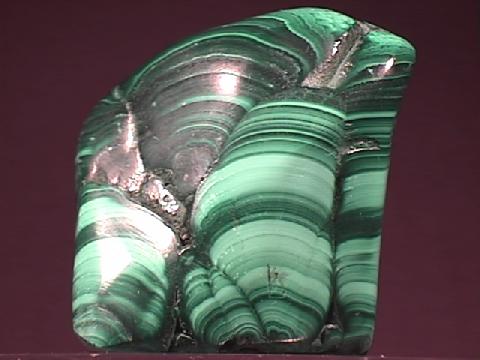
$ 26.00

mal-22 ($ 26.00)
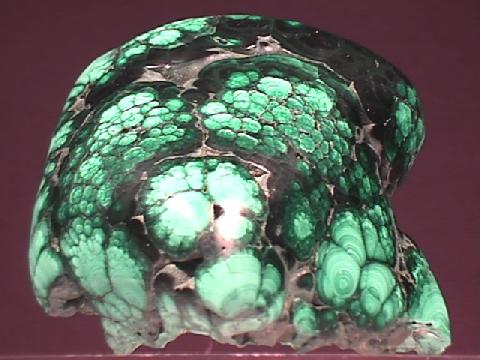
$ 32.00

mal-23 ($ 32.00)

$ 45.00

mal-24 ($ 45.00)
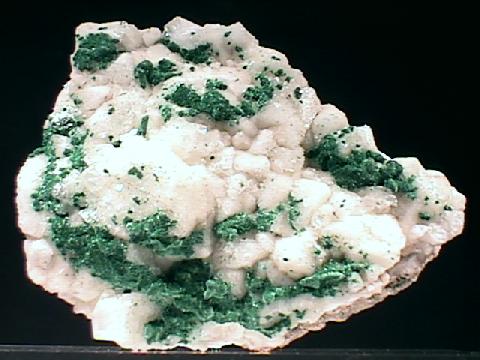
$ 70.00

mal-25 ($ 70.00)
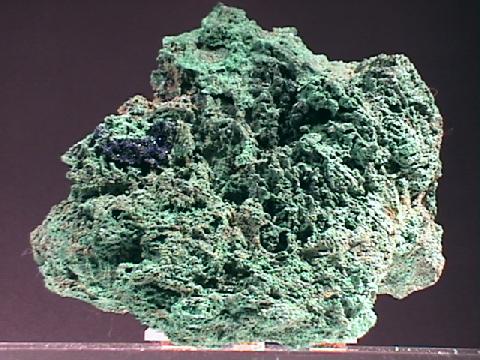
$ 30.00

mal-26 ($ 30.00)
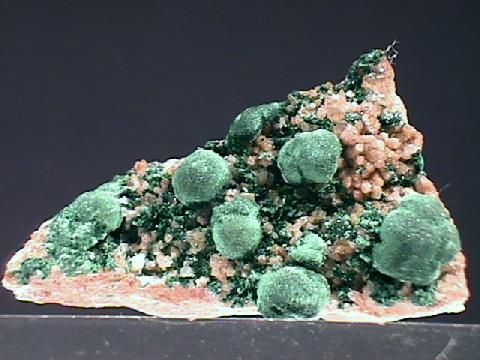
$ 30.00

mal-27 ($ 30.00)

$ 44.00

mal-28 ($ 44.00)
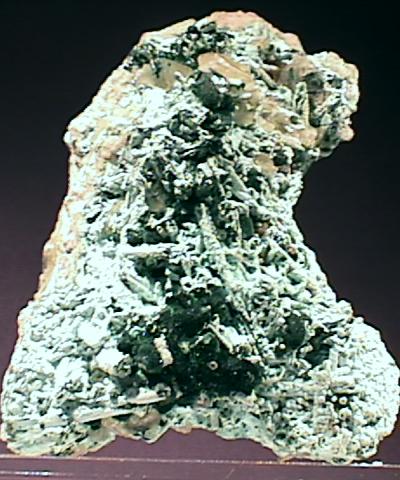
$ 75.00


mal-29 ($ 75.00)
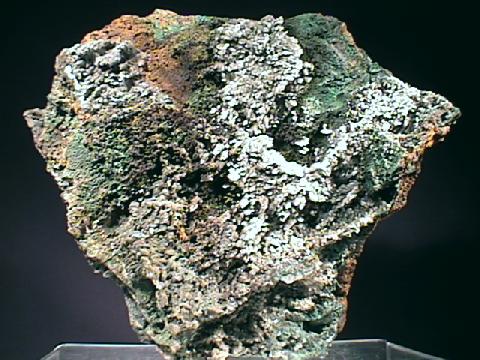
$ 150.00


mal-30 ($150.00)
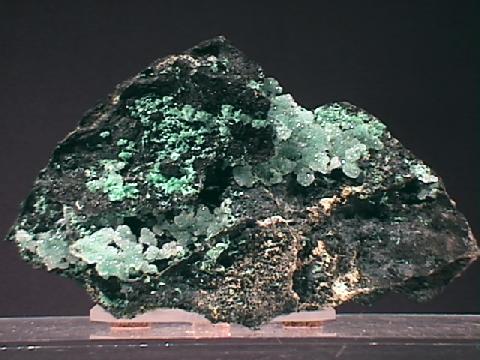
$ 30.00

mal-31 ($ 30.00)

$ 30.00

mal-32 ($ 30.00)
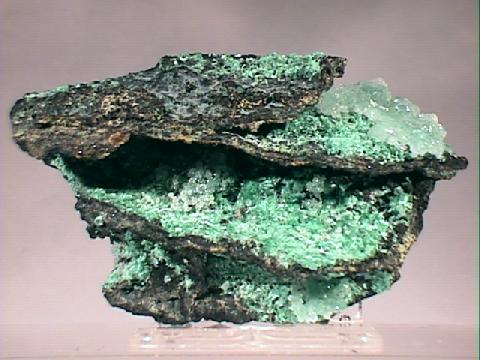
$ 30.00

mal-33 ($ 30.00)
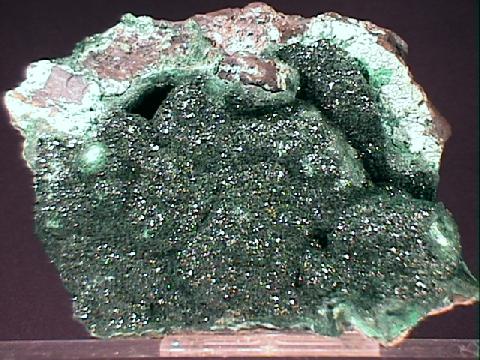
$ 80.00

mal-34 ($ 80.00)
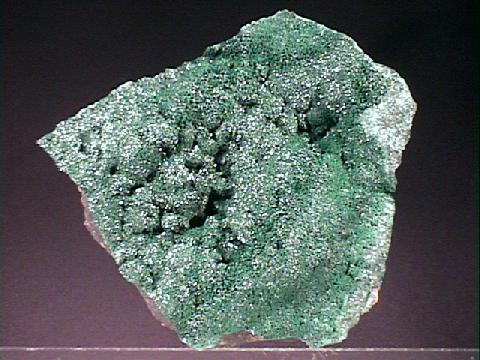
$ 90.00
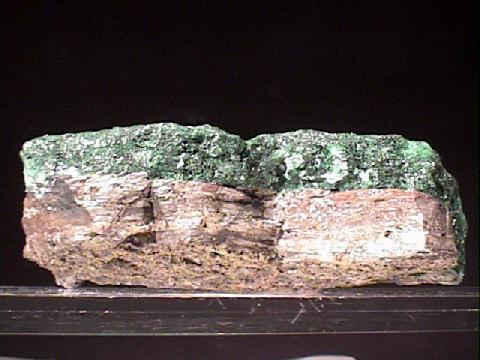

mal-35 ($ 90.00)
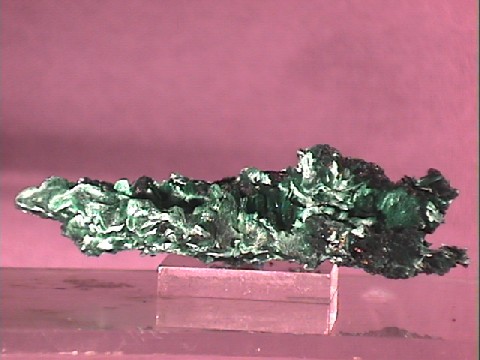
$ 30.00

mal-36 ($ 30.00)
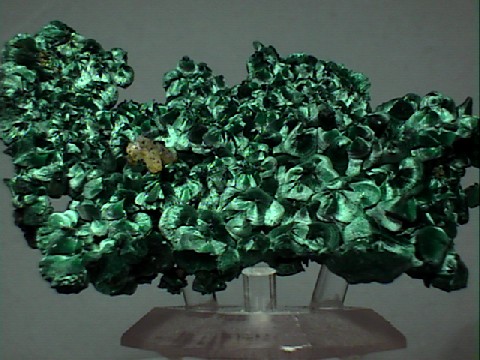
$ 36.00

mal-37 ($ 36.00)
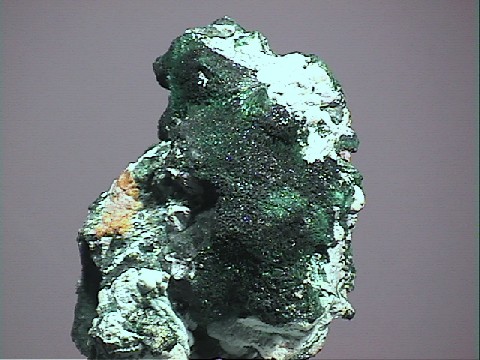
$ 45.00

mal-38 ($ 45.00)
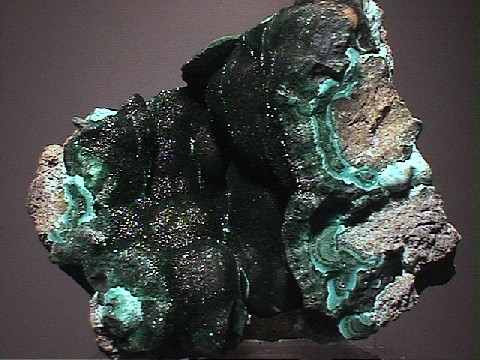
$ 100.00


mal-39 ($100.00)

$ 80.00
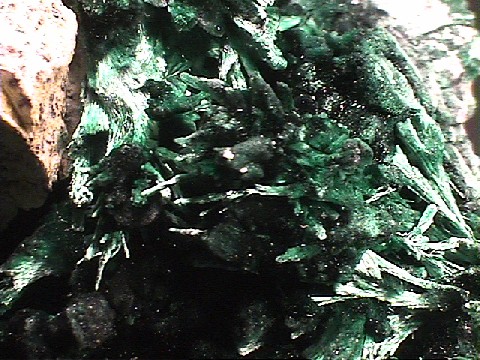

mal-40 ($ 80.00)
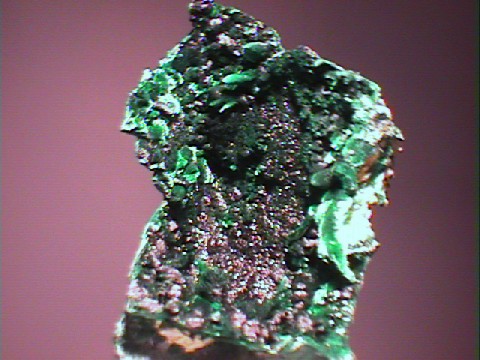
$ 60.00


mal-41 ($ 60.00)
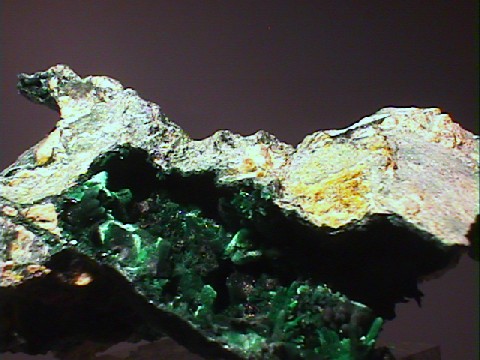
$ 40.00

mal-42 ($ 40.00)
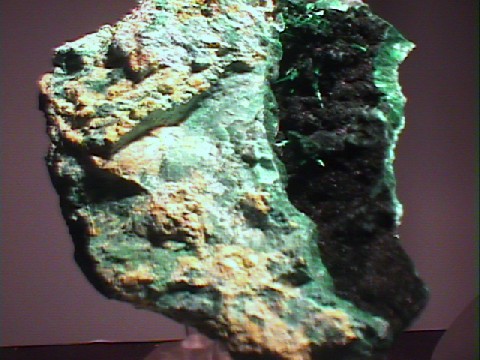
$ 50.00
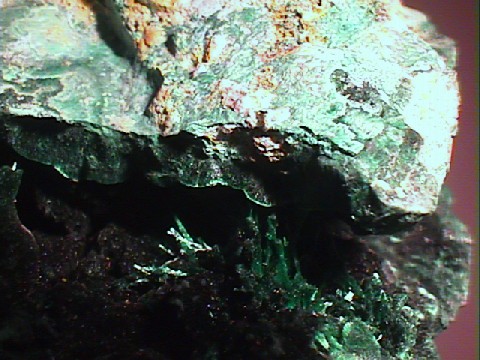

mal-43 ($ 50.00)
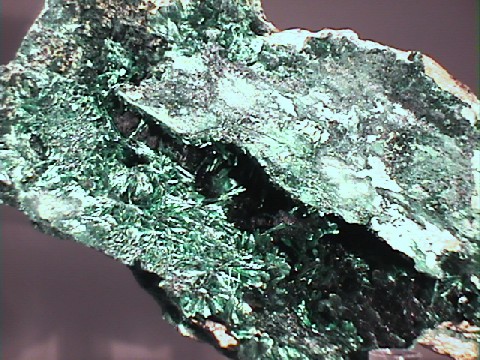
$ 60.00
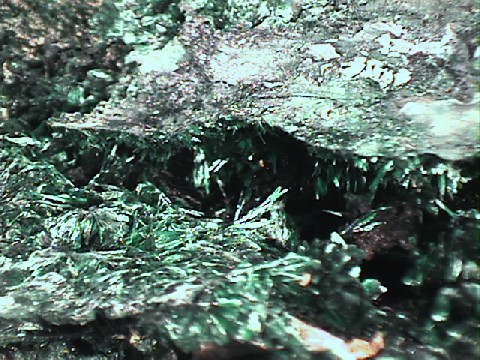

mal-44 ($ 60.00)
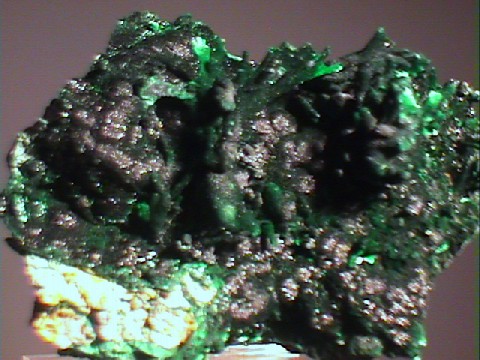
$ 40.00

mal-45 ($ 40.00)

$ 30.00

mal-46 ($ 30.00)

$ 25.00

mal-47 ($ 25.00)
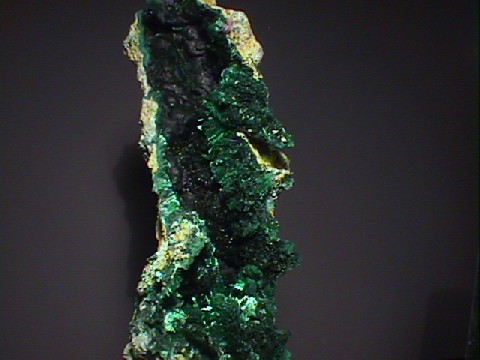
$ 50.00
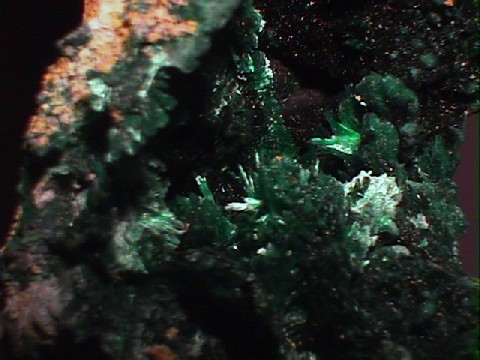

mal-48 ($ 50.00)
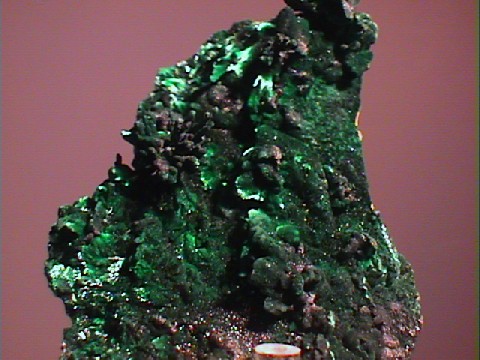
$ 30.00

mal-49 ($ 30.00)
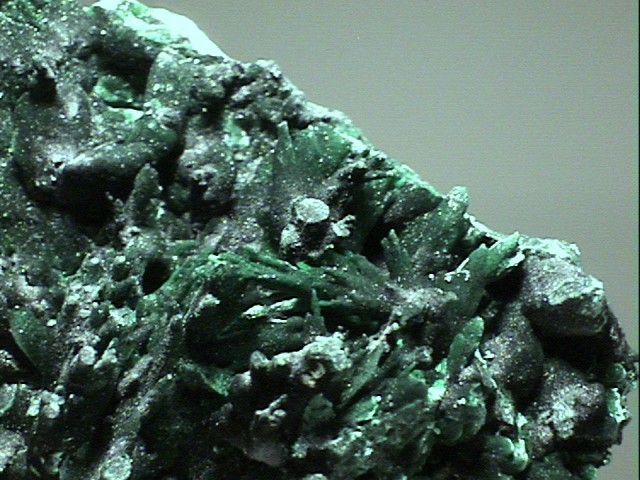
$ 25.00
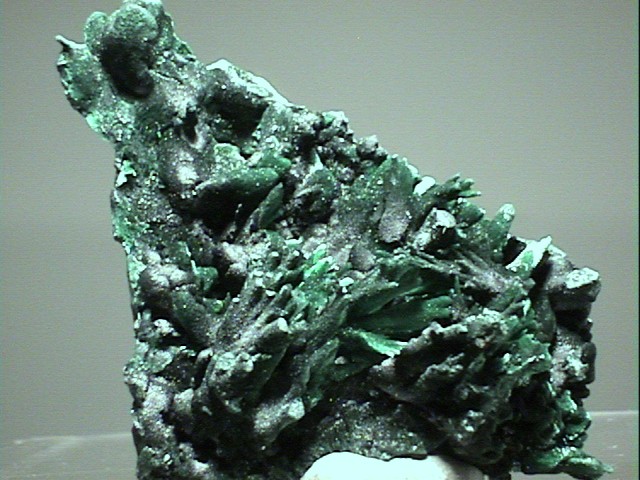

mal-50 ($ 25.00)
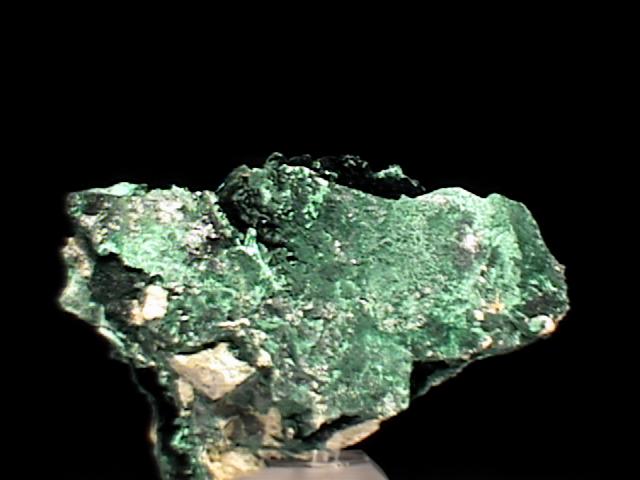
$ 50.00
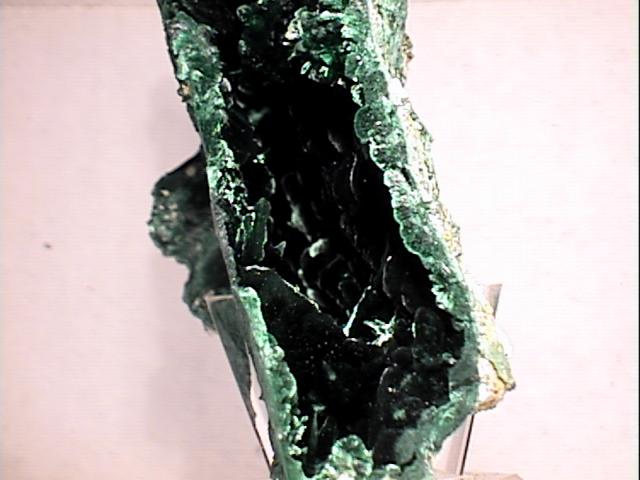

mal-51 ($ 50.00)
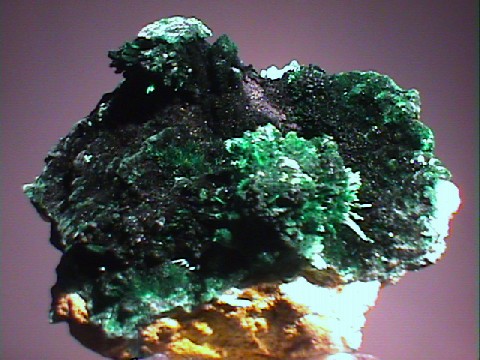
$ 60.00
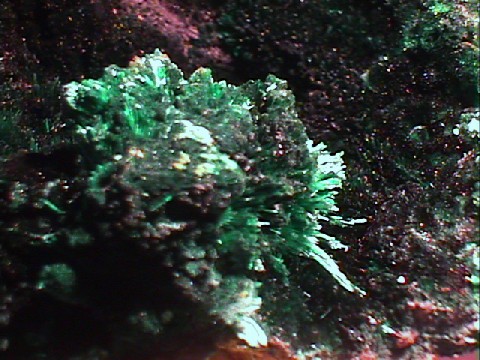

mal-52 ($ 60.00)
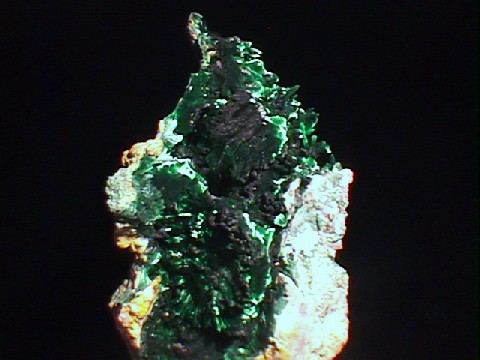
$ 75.00
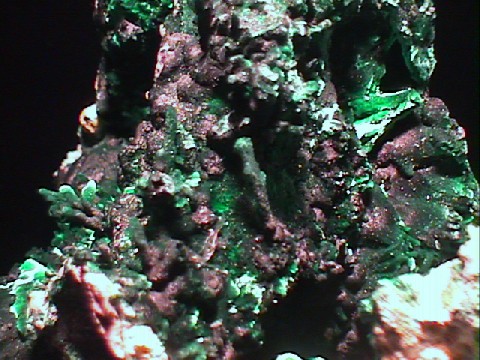

mal-53 ($ 75.00)
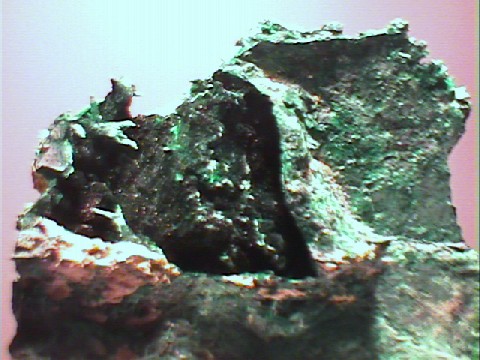
$ 70.00
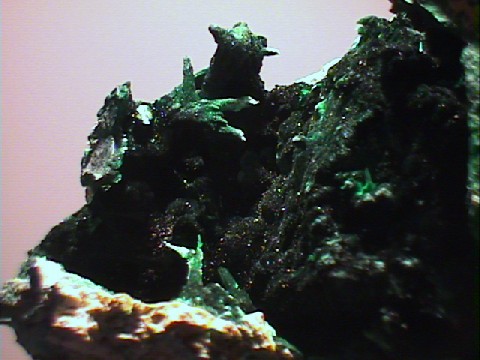

mal-54 ($ 70.00)
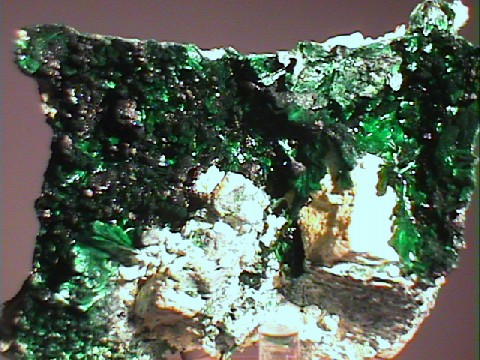
$ 40.00

mal-55 ($ 40.00)
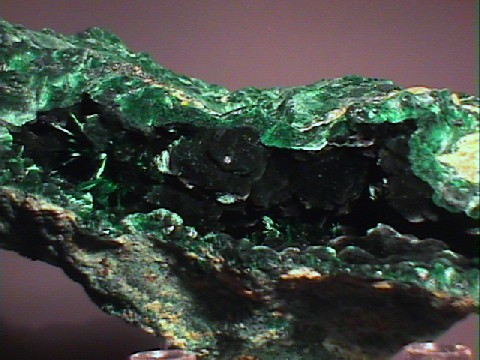
$ 80.00
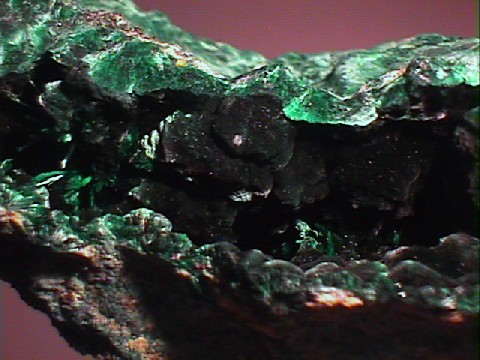

mal-56 ($ 80.00)
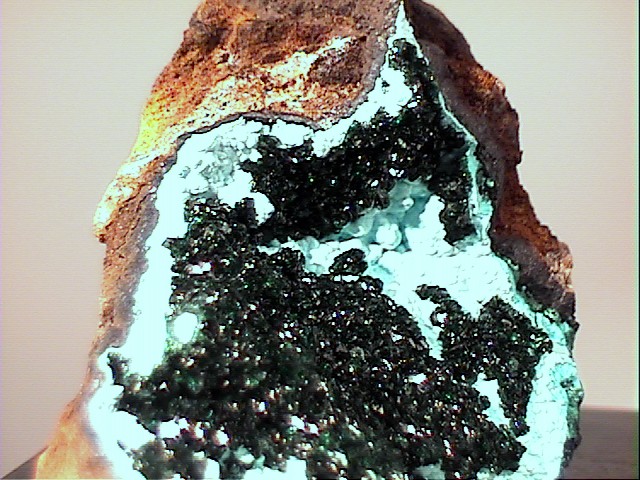
$ 40.00


mal-57 ($ 40.00)

$ 30.00


mal-58 ($ 30.00)

$ 30.00


mal-61 ($ 30.00)

$ 30.00


mal-60 ($ 30.00)

